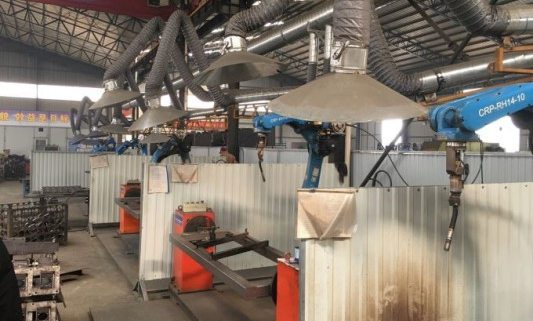Keep down internet upstarts, cultivate hard tech – TechCrunch
Hello and welcome back to TechCrunch’s China roundup, a digest of recent events shaping the Chinese tech landscape and what they mean to people in the rest of the world.
The tech industry in China has had quite a turbulent week. The government is upending its $100 billion private education sector, wiping billions from the market cap of the industry’s most lucrative players. Meanwhile, the assault on Chinese internet giants continued. Tech stocks tumbled after Tencent suspended user registration, sparking fears over who will be the next target of Beijing’s wrath.
Incisive observers point out that the new wave of stringent regulations against China’s internet and education firms has long been on Beijing’s agenda and there’s nothing surprising. Indeed, the central government has been unabashed about its desires to boost manufacturing and contain the unchecked powers of its service industry, which can include everything from internet platforms, film studios to after-school centers.
A few weeks ago I had an informative conversation with a Chinese venture capitalist who has been investing in industrial robots for over a decade, so I’m including it in this issue as it provides useful context for what’s going on in the consumer tech industry this week.
Automate the factories
China is putting robots into factories at an aggressive pace. Huang He, a partner at Northern Light Venture Capital, sees three forces spurring the demand for industrial robots — particularly ones that are made in China.
Over the years, Beijing has advocated for “localization” in a broad range of technology sectors, from enterprise software to production line automation. One may start to see Chinese robots that can rival those of Schneider and Panasonic a few years down the road. CRP, an NLVC-backed industrial robot maker, is already selling across Southeast Asia, Russia and East Europe.
On top of tech localization, it’s also well acknowledged that China is facing a severe demographic crisis. The labor shortage in its manufacturing sector is further compounded by the reluctance of young people to do menial factory work. Factory robots could offer a hand.
“Youngsters these days would…



